Within the extraordinary confluence of roads that lead towards Compostela, following that symbolic and marvelous route marked by the stars in the sky, there are places of special interest, in which the pilgrim who is forced to abandon his trip due to any unforeseen circumstance and can not reach its destination, crossing the majestic Portico de la Gloria of the Cathedral of Compostela, as it would be his wish, to pay tribute and homage to Santiago in the crypt where the Ark is preserved in which his relics are deposited, he also obtains the remission of his sins, as if he had complied with all the procedures, stages and hardships of the Way.
One of those places, in which there is a very peculiar church, with a door that bears precisely that name, del Perdón, is located in full Mudejar route on its way through the province of Zaragoza. The city, located approximately thirty kilometers from that medieval Castle of Ayud or Calatayud, is called Daroca and the church in question, is none other than the Basilica of Santa Maria de los Sagrados Corporales.
Daroca, like O Cebreiro, like San Juan de la Peña or even like the Frómista palencia, is another one of those peculiar peninsular enclaves, that for some very particular circumstance, it is necessary to relate also to the greatest of the medieval myths, getting, of step, that this relationship becomes another added attraction, capable of increasing even more, if possible, the ability to admire a city that still retains much of its ancient roots, which includes, of course, that remarkable testimonial heritage based on a very specific Art, which has been considered, very justly, as a World Heritage Site by UNESCO.
The Art that is referred to, obviously, is the Mudéjar, and the Mito, fostered to a great extent, no doubt, by Cistercians and Templars, who, following the romances encrypted by authors of similar filiation, such as Chrétien de Troyes and Wolfram von Eschenbach, among others, became the ideal par excellence of a pure, Christian and medieval cavalry, and that can not be other than the search or demand of the Holy Grail.
In this regard, it may be appropriate to add - and certainly this will also be an incentive for the pilgrim immersed in his spiritual adventure - that references are abundant and not only found inside this Basilica, whose Romanesque-Gothic roots they were gradually nourished by other architectural styles, but also, on the outside, forming part of the essential elements of their remarkable Door of Forgiveness, which, likewise, at least in a clearly symbolic way, not only sought the expulsion of sins, it also granted immortality.
Similar to the nature of the miracles of O Cebreiro and Frómista (1), also here in Daroca and its legend of the Sacred Body, attention is demanded in that symbolic vehicle representative of the body of Christ, the eucharistic host, where a divine transmutation, in which intervening, in passing, alternative elements present in other places, such as the mule, which determine the sacred place.
Notes:
(1) This denominated patena del milagro, dated in the 15th century, is exposed to the general public's vision in the church of San Pedro, in Frómista, Palencia.
NOTICE: originally posted on my blog MEMORIES OF A PILGRIM. Both the text and the photographs are my exclusive intellectual property. The original entry, where you can check the authorship of juancar347, can be found at the following address: https://jc347.blogspot.com/2014/05/daroca-una-puerta-del-perdon-en-el.html
If you liked what you have read, I invite you to visit the world of: @ juancar347
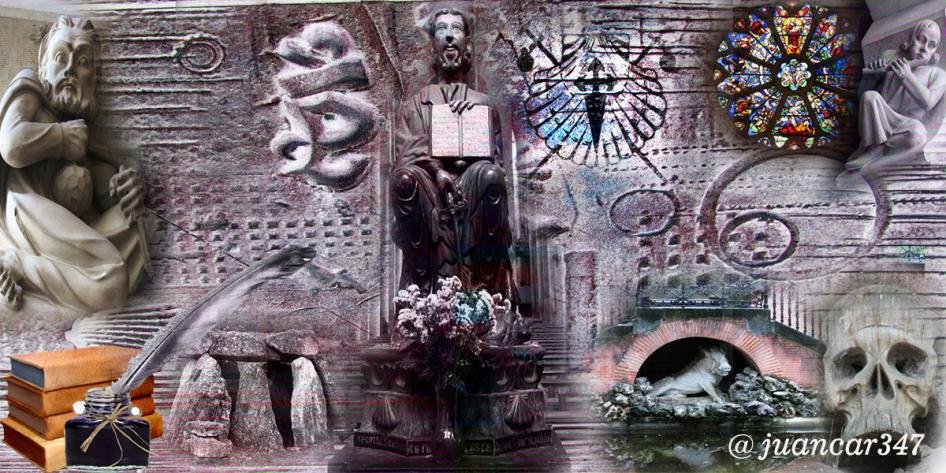
designed by: @txatxy

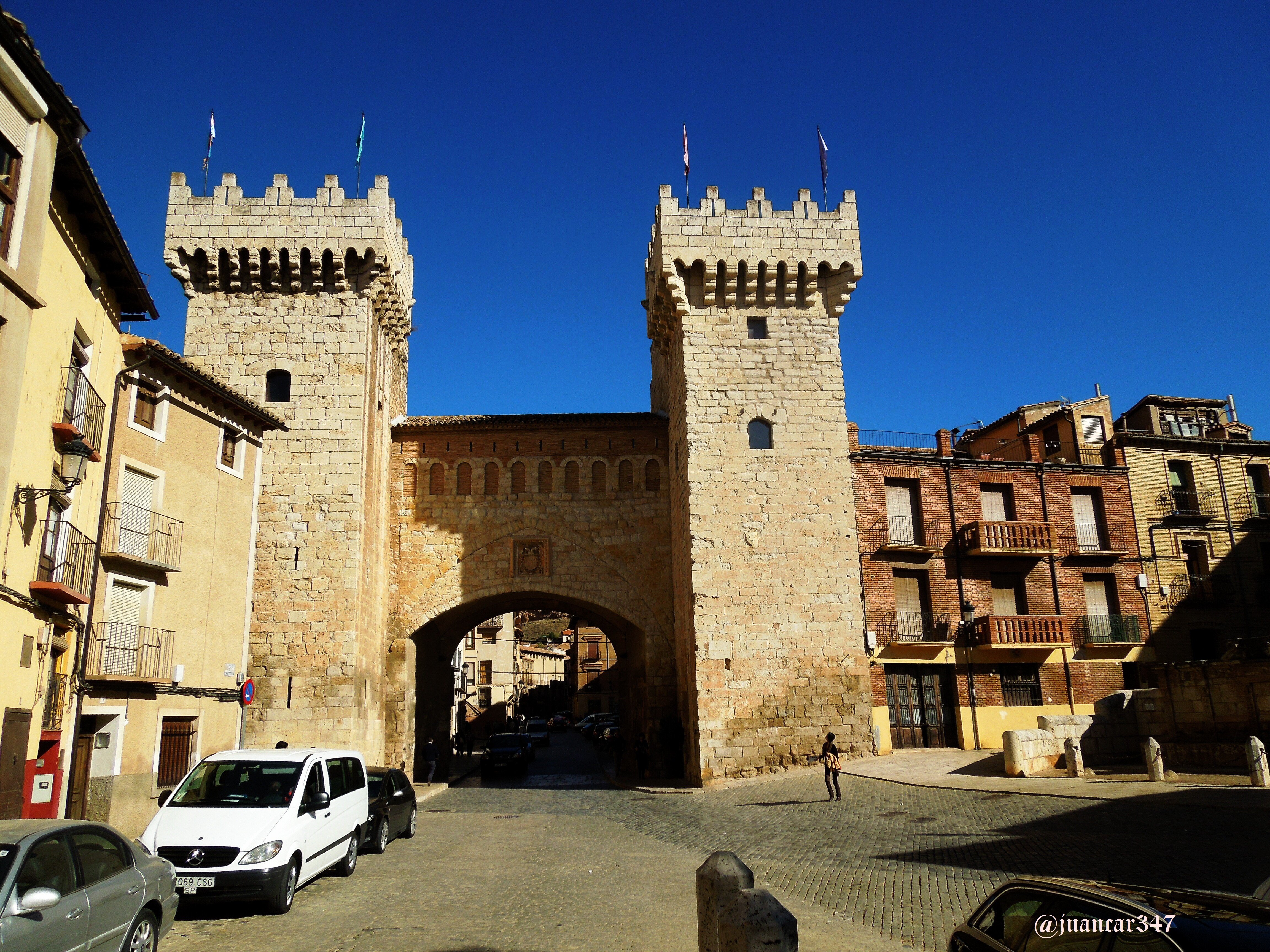
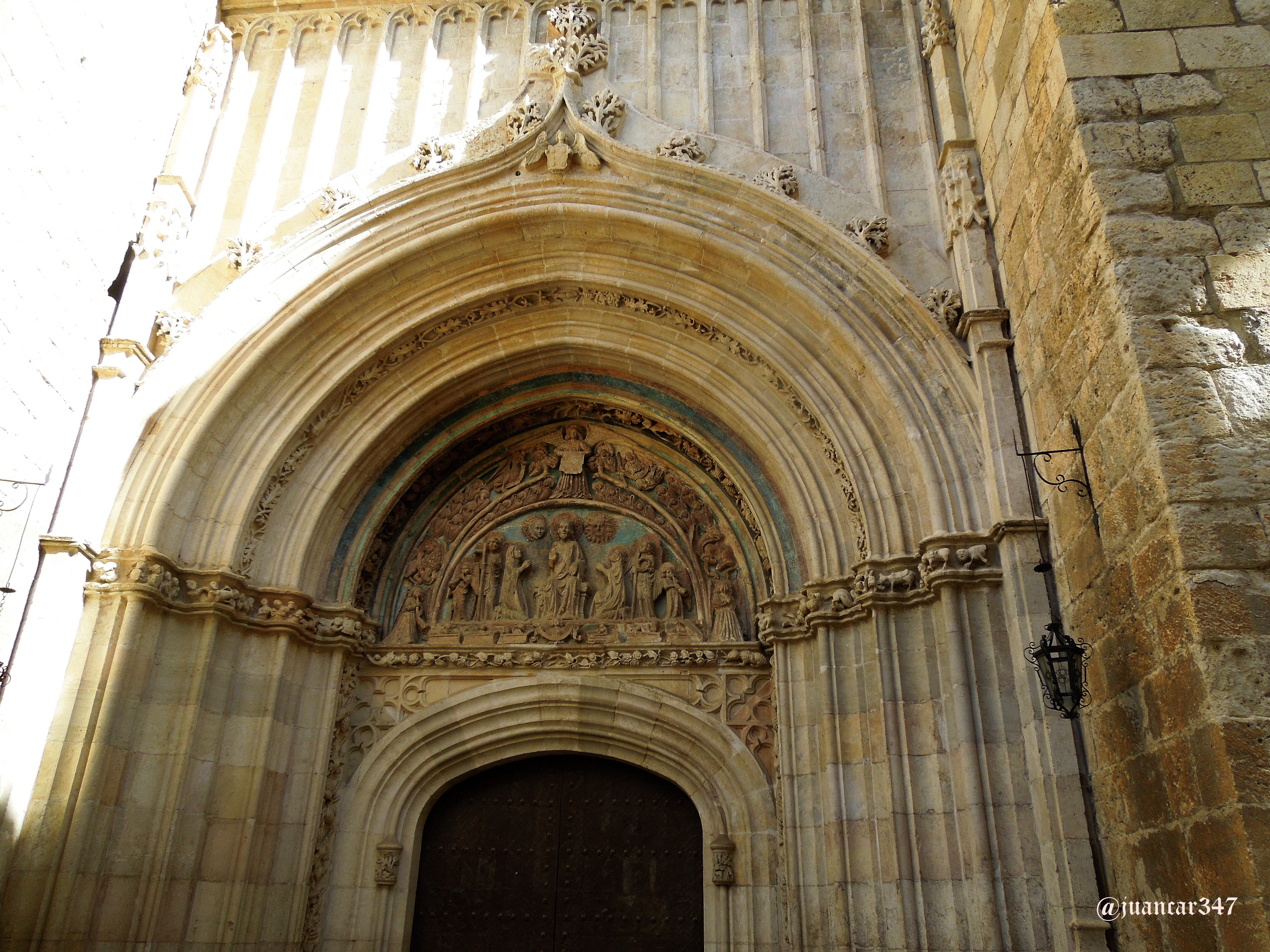
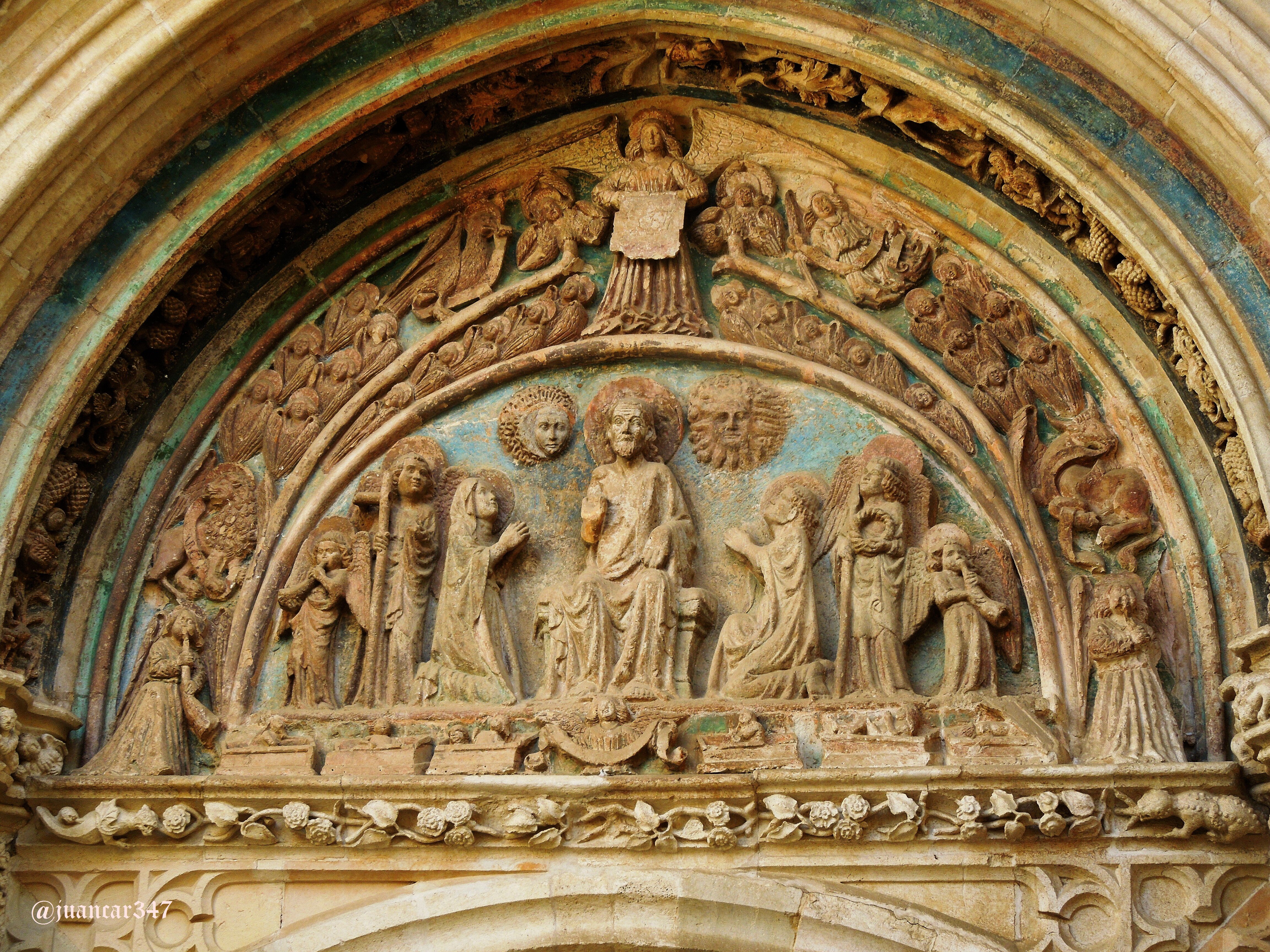
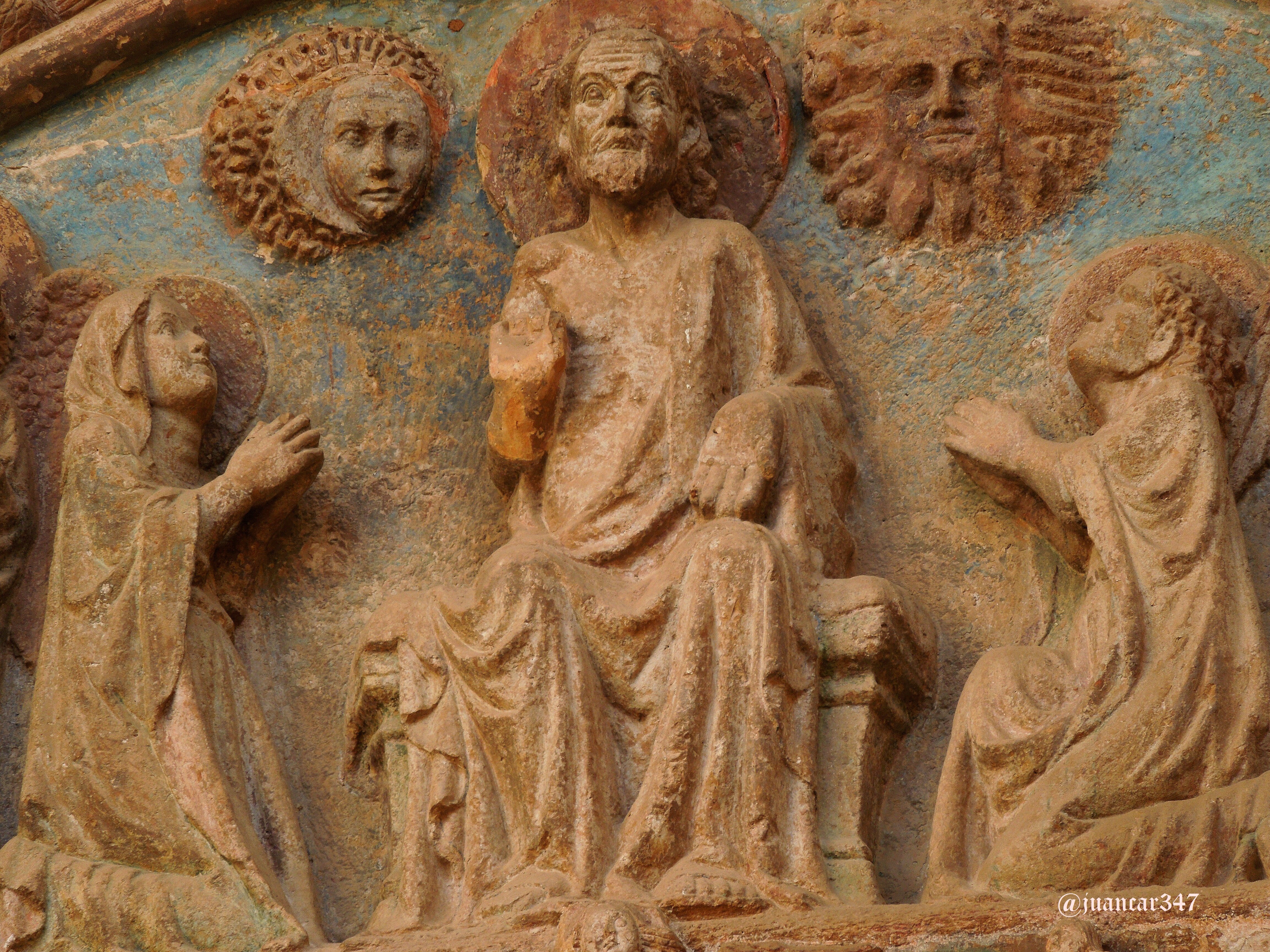
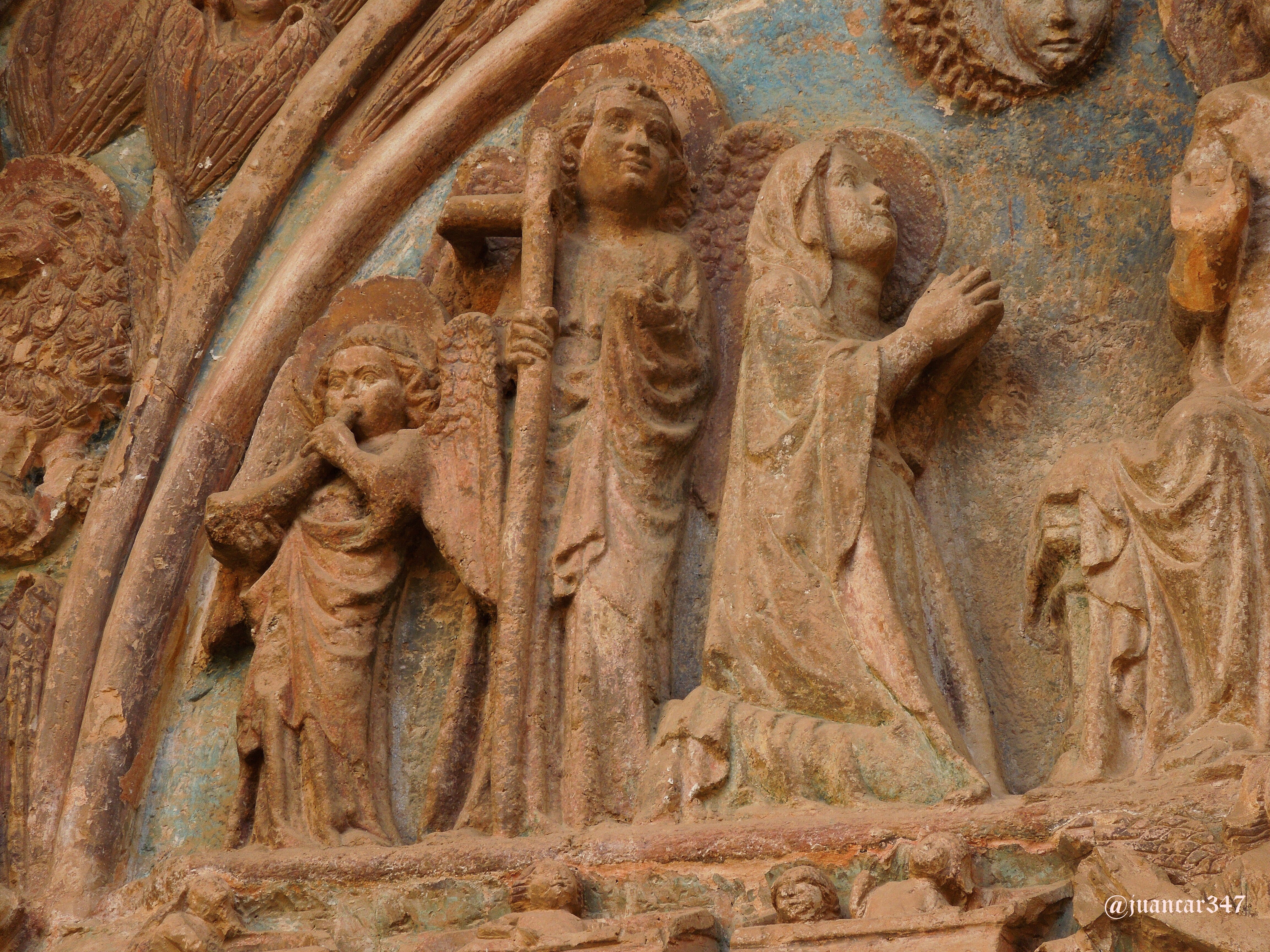
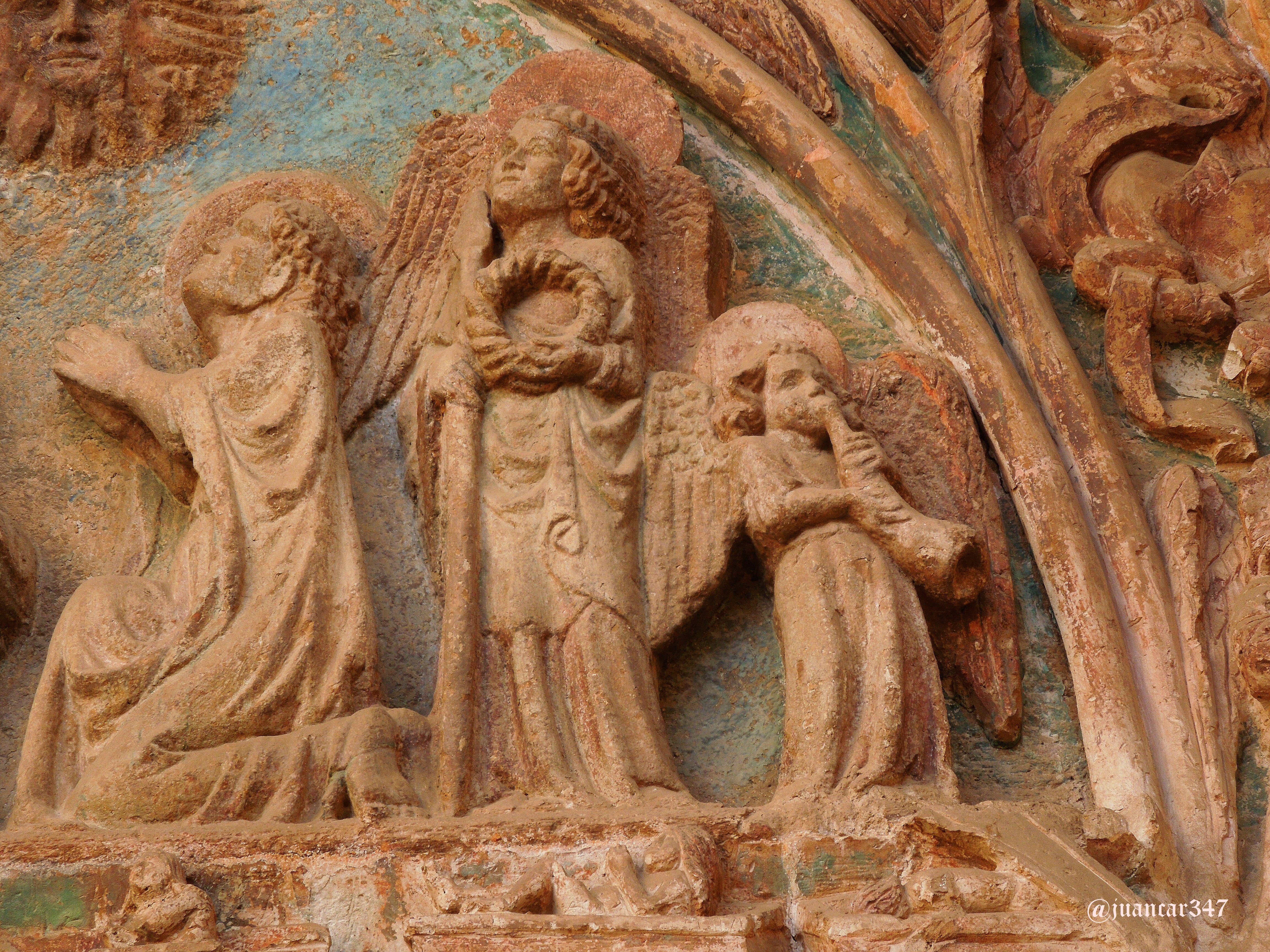
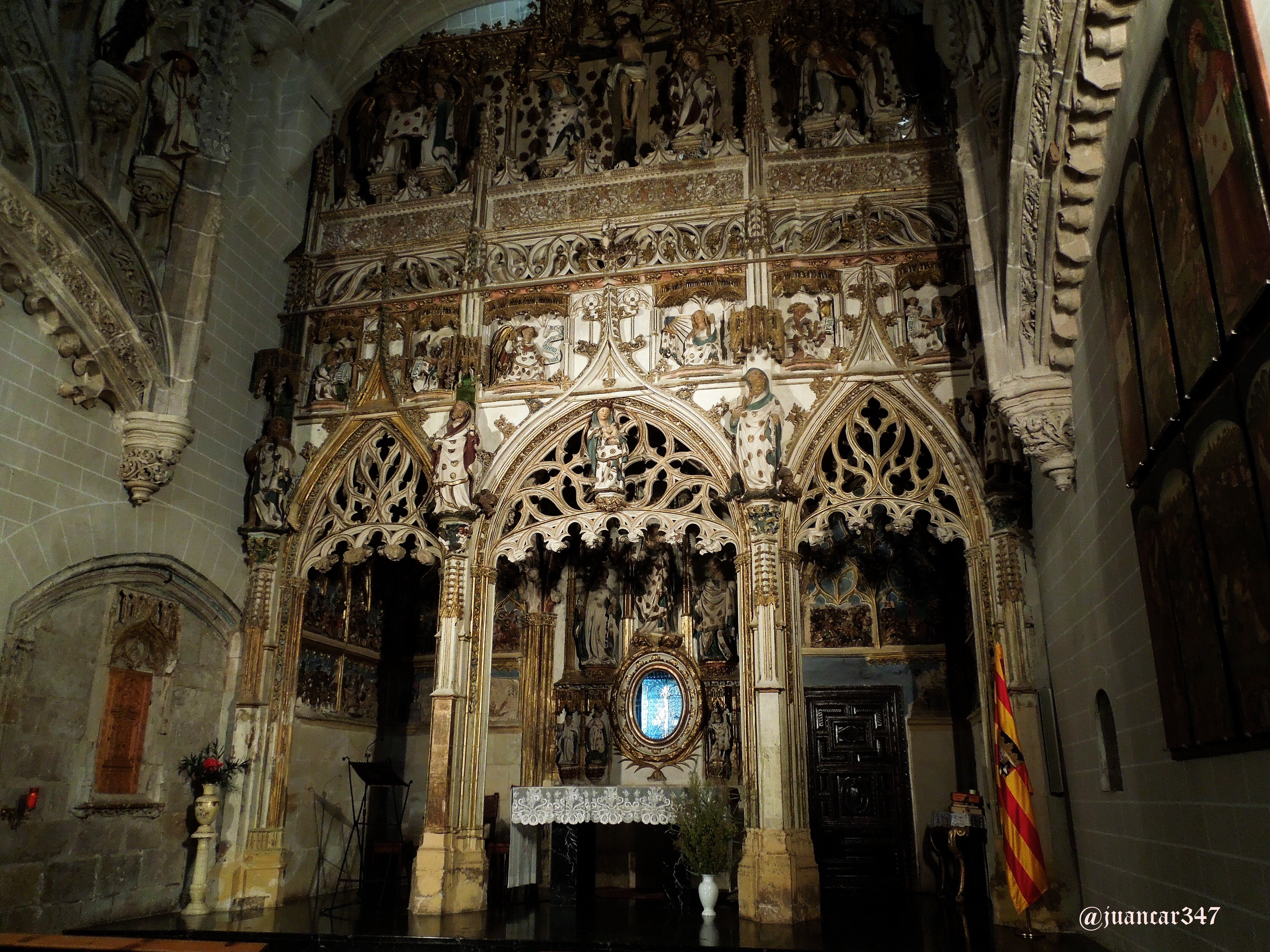

.jpg)